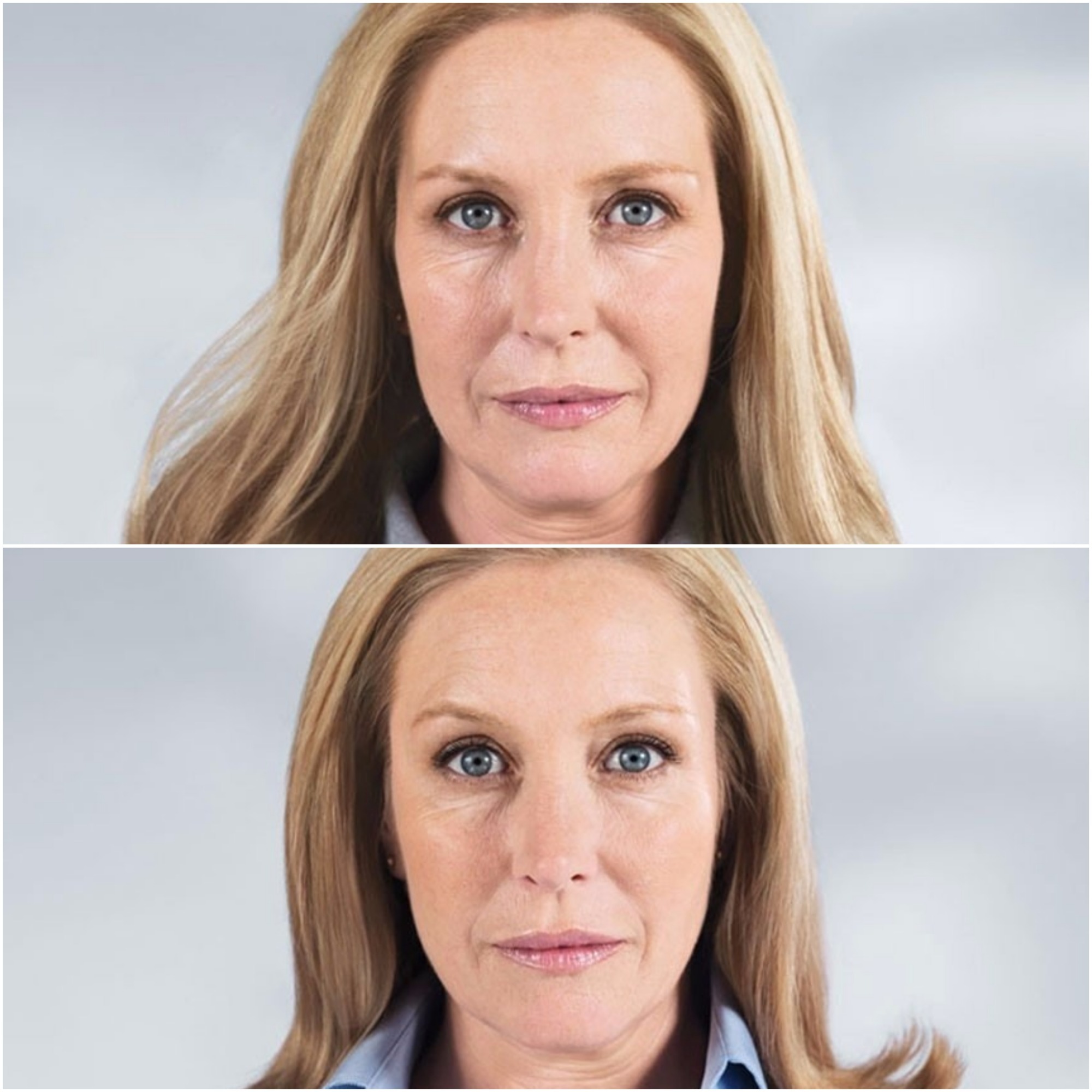Botox used to be the “go-to” anti-aging treatment of choice, but a growing number of consumers and doctors are now turning to dermal fillers as a way to restore a more youthful appearance to the face.
Instead of freezing wrinkle-forming muscles, injectable fillers work by replacing the volume that is lost as levels of collagen under the skin diminish over time. They can also be used in conjunction with Botox for greater effectiveness.
If you’re afraid of ending up with duck lips or that over-filled “Kardashian” look, these surprising facts about soft-tissue fillers may convince you to add them to your rejuvenation regimen.
1. People have been injecting dermal fillers for over 100 years.
Fillers were invented in the late 1800s by Austrian surgeon Robert Gersuny, who experimented with mineral oil (Vaseline) and paraffin as a soft tissue filler for facial defects.
The practice was quite popular till the mid-1920s, but ended due to severe complications, the most famous case being that of Gladys Deacon, Duchess of Marlborough. Described in her early life as one of the most beautiful women in the world, she was disfigured after receiving an injection of hot paraffin wax into the nose.

2. It was the 2nd most popular non-surgical cosmetic procedure in 2015.
Use of soft tissue fillers increased 6 percent in 2015 to 2,440,724 procedures performed in the United States. Hyaluronic acid is the injectable filler of choice, accounting for 2,148,326 of all injections.
3. Some soft tissue fillers are natural.
Collagen and hyaluronic acid are two types of naturally-derived dermal fillers on the market today. Hyaluronic acid is a substance naturally produced in your body and was approved as a dermal filler by the FDA in 2003.
Collagen fillers were FDA-approved in 1981, and can be bovine or human-derived. Another natural filler is your own fat—plastic surgeons can harvest it from your body (typically the love handles), and then inject it into the recipient site.
4. Others contain synthetic material.
Some brands of dermal fillers add non-organic material such as polymethyl-methacrylate (PMMA), liquid silicone, or calcium hydroxylapatite to the hyaluronic injection. These synthetic materials can’t be broken down and absorbed by the body, which makes fillers like Sculptra and Radiesse semi-permanent.


Patient before Sculptra, after 2 treatments, 3 treatments, and 25 months later. Source: Sculptra
5. The effects are usually temporary.
There isn’t a hard and fast rule that determines how long the filler will last. It depends a lot on the type of filler used. Unless it’s a semi-permanent injectable, the body usually reabsorbs fillers within as little as three months, although the effects may last several years. Furthermore, studies have shown that combining the treatment with Botox can increase the longevity of HA fillers.
6. It takes a lot to over-do it.
The rule of thumb for estimating how much filler you need to rejuvenate your face is one syringe per decade. For example, if you’re 30 you may need three syringes, and if you’re 40 you may need four.
To look like an overdone Kardashian would take about 10 syringes, says Charlotte, NC board-certified dermatologist Dr. Elizabeth Rostan. And if that prospect doesn’t dissuade you, maybe the price will: at $450-700 per syringe, it certainly adds up.
7. It’s not just for facial rejuvenation.
Fillers are primarily used in the face to restore volume and fill in deep wrinkles and nasal folds, but they’re also used elsewhere to rejuvenate the body.
For instance, Radiesse has been FDA-approved for subdermal implantation into the hands to smoothen out wrinkles and hide pronounced veins. Dr. Rostan also uses fillers off-label to support droopy earlobes, which helps women wear their favorite heavy earrings a bit better.
8. Fillers are not FDA-approved for the breasts or buttocks.
“Patients ask, but we don’t do a whole lot of that in my area,” says Dr. Rostan of consumers’ interest in injectable breast enhancement. In addition to it not being FDA-approved, it would take a lot of dermal filler, she says.
In the EU and UK, Macrolane is a semi-permanent dermal filler available for non-surgical breast enlargement, and Auquafill is advertised in some Asian countries for the same purpose. Both fillers are controversial, and are involved in a high rate of complications, including migration, lumps, encapsulation, loss of ability to breastfeed, and infections.
9. Use by men is growing.
It’s not just women who are filling up – male patients replacing soft tissue grew by 6% in 2015. However, the products they use tend to be different from their female counterparts’. While women look great plump, men are afraid to look “puffy,” says Dr. Rostan. To give them a more chiseled look, she often uses fillers that aren’t HA-based, such as Radiesse or Sculptra.
10. It actually stimulates collagen growth.
Nothing can permanently stop the body’s depletion of collagen, but soft-tissue fillers may slow the drain. Over time, some dermal fillers stimulate the body to produce collagen at the injection site, which means that patients may require less of the product over the years to achieve the same look.
11. The risk of side effects is small, but complications can be serious.
Side effects are extremely rare, says Dr. Rostan, but they can be serious and occur months or even years after injection. Bacterial infections account for many of the complications, and occur when pathogenic micro-organisms such as Streptococcus aureus (staph infection) penetrate through the skin puncture.
Another rare complication occurs when a dermal filler is unintentionally injected in a blood vessel, which can lead to serious adverse effects such as vision impairment, blindness, stroke, or damage and death of the skin (necrosis) and its underlying facial structures. For these reasons, Dr. Rostan cautions patients against receiving fillers in non-medical settings by unlicensed technicians.
How Long Do Dermal Fillers Last?
Dermal fillers might last from six months to two years based on the type of fillers you use. For instance, hyaluronic acid fillers might provide temporary results as the acid might get broken down by the body naturally.
Whereas, the calcium hydroxylapatite injections might last longer as they are responsible for the collagen production in the skin. The results obtained from any surgery is not certain and might vary from person to person. Make sure you consult a certified surgeon before getting your filler injections. Do not rush! Make an informed medical decision by getting a second opinion.
How Much Do Dermal Fillers Cost?
The cost of dermal fillers is not confined to a particular price range as it may vary based on certain factors like the type of fillers used, the number of usage areas, amount of filler being used, location and experience of the surgeon, etc. In general, it may cost around $500 – $1500 per syringe and some clinics might charge you even more! Make sure you do not consider cost as a deciding factor for your Fillers procedure.









